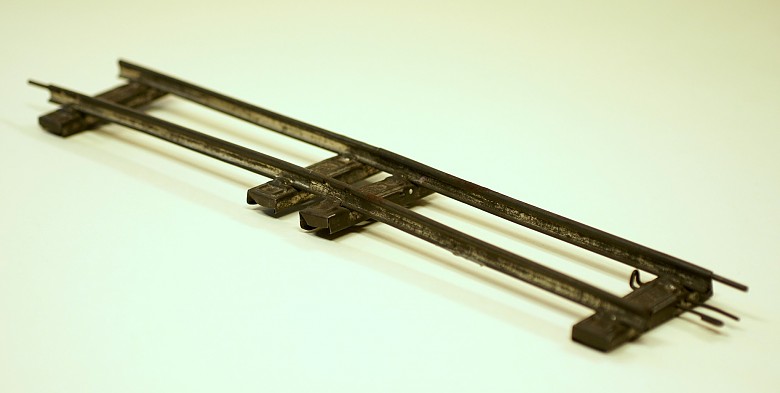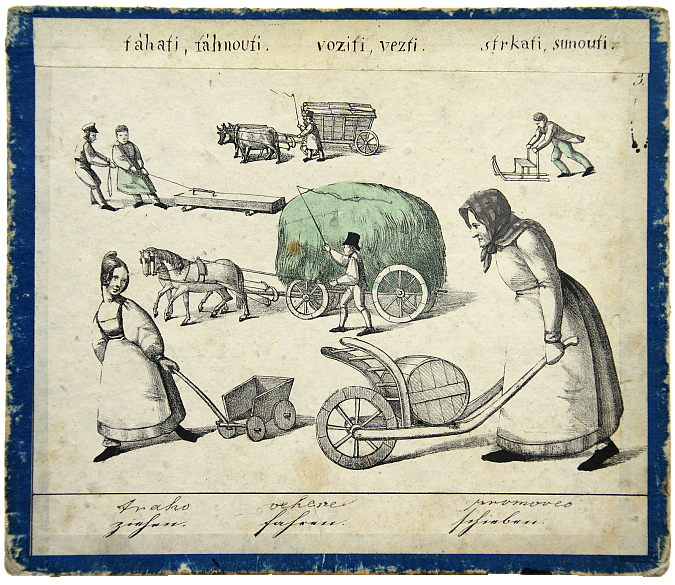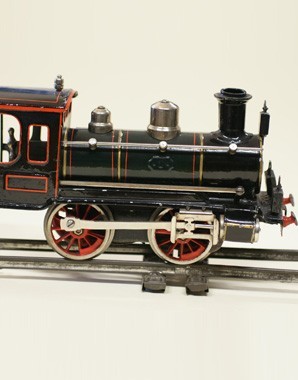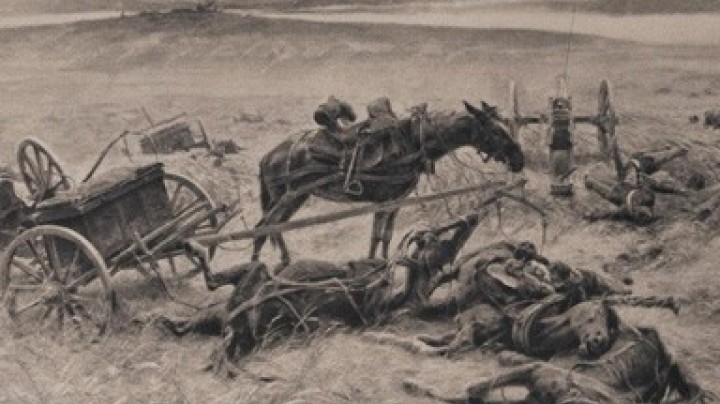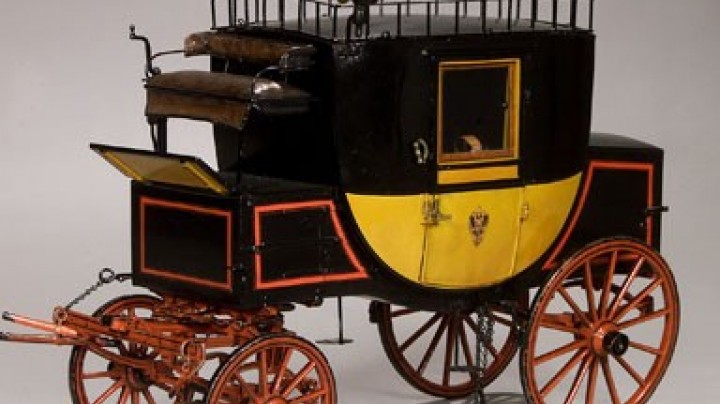All ways lead to Vienna – Trains mean quick journeys over long distances
Cattle from Hungary, coal from Moravia and soldiers into battle – not least thanks to the railways it was possible to transport to and from Vienna everything and everybody in the Monarchy.
In the nineteenth century Vienna was the most important hub of the Monarchy’s transport system. A century earlier the city, being the centre of political power, had been supplied with goods from the whole Empire; they were brought to the capital by road or on ships on the Danube. The nineteenth century saw the first railways, and from Vienna railway lines were built to provide a network that covered the entire Empire. They ran, for example, to Trieste and Sarajevo in the south, to Czernowitz (now Chernivtsi in Ukraine) in the east, to Aussig (now Ustí nad Labem in the Czech Republic) in the north, and via the Arlberg route to Western Europe. Vienna attracted the most diverse products from the entire Monarchy: these included cattle from Hungary, coal from Styria and Moravia, and wooden baskets from the Gottschee district in Carniola (now in Slovenia). Vienna’s inhabitants imported far more goods than they produced and exported themselves: the exports were above all finished products and craftwork, the imports primarily raw materials. What was new about transport by rail, however, was not that goods were brought to Vienna from distant places but the speed with which they could be transported. Furthermore a railway wagon could hold far more goods than a coach or a handcart.
As regards transport policy, the major issue was whether it should be private enterprise or the State that built and operated the railways. The first two railway lines out of Vienna were financed by two of Austria’s leading banks. However, in 1842 there was a turnaround in policy, and a Directorate-General of State Railways (Generaldirektion der Staatseisenbahnen) was established. Then in the 1850s the railways had to be sold off to help the State avoid bankruptcy. The results of privatisation were mixed, and in the wake of the economic crisis of 1873 the State again began to take over the operation of Austria’s railway lines. One result was that the military had an increasing say in the running of the railway network. By the time of the First World War this ‘issue’ had been resolved in favour of State control, which is one reason why the First World War can be described as an ‘industrial war’. Besides the railway Danube ships also transported goods to Vienna, but these amounted to only three per cent of the goods sent by rail. Although steamships had plied on the Danube since the 1820s, most agricultural produce and forestry products continued to be transported on rowing boats or rafts which were floated downstream.
